I have been travelling around the western part of Norway for many years. My first visit in the west was in 1955 when I was a boy and did visit places like Årdal, Borgund and Lærdal in Sogn and 1958 when I did visit Bergen, Florø and Nordfjord. The impression has always been great; the landscape is beautiful, breathtaking and dramatic. That depends where you go. In the years to come I did visit Vestlandet so many times – even on bike – and always have the same impression, but of course the impressions develops other ways when you become older.
It’s probably the combination of sea, fjord, mountains and even glaciers that is so unique for the landscape. I must admit that you will find much of it also in Northern Norway – where you also have the midnight sun in addition. But the fjords are bigger and more dramatic on the western part.
You will find the big fjords in the four counties (fylker) of Rogaland, Hordaland, Sogn og Fjordane and Møre og Romsdal. In the south you will find the little Jøssingfjord – dramatic also because what happened there in February 1940, was very important for WW2 and Norway. Boknafjord and most important Lysefjord with the famous pulpit and Kjerag (a rock between two mountainsides you may jump on if you are comfortable with 1000 meter just under your legs).
The beautiful Hardangerfjord, dramatic Sognefjord – the longest (about 175 km) and deepest (1308 meter) of them all, Sunnfjord, Nordfjord, Storfjorden with Hjørundfjord and the famous Geirangerfjord and Romsdalsfjord. And the fjords continue further north.
This type of landscape you will find only in Norway, Greenland, Chile and Southern Island of New Zealand. The big glaciers that covered big parts of the earth once upon time made them. The fjords are even bigger and the landscape is even more dramatic in Greenland than in Norway, but it’s not so easy to go to Greenland – even Chile and New Zealand are very far away. An other issue is that you will find an historic perspective in the fjords of Norway: People. More than one million people live to day in the four counties mentioned above.
When people arrived in Norway after the last ice age they settled everywhere where it was possible to settle – also in the fjords, because people did survive of a combination of agriculture and fishery – and they also went “viking” – going abroad to raid, steal and rob. It was farms everywhere where it was some little space. In this area you also will find some of the oldest churches in Norway, the stave churches built 900 years ago.
Later when the population grew in the 18th century, they built even farms where you would believe it was not possible to have a farm – high up along the brims of the fjord. The fields were steep and the kids had to be towed up not to fall down from the high cliffs. Going to town (even to school) was a dangerous expedition itself – and some farms were even destroyed by avalanches. The rate of poverty was very high – even the families did get plenty of kids. (You almost find the same situation in many countries in the third World to day).
In the 19th century the situation turned another way: Industrialisation and the possibility to emigrate to USA. More than 850 000 Norwegians run to USA in the 19th century. Some come back, but it is the highest rate next to Ireland of emigrants going abroad according to the number of inhabitants. And it’s no doubt about it that Vestlandet did pay a huge contribution to the number of emigrants. Also the southern part of Norway did the same – because the farms here were to small to survive in the long run – and some did shuttle to US up to day. So you will find immigrants from the western part of Norway especially up north, Wisconsin, Minnesota and the Dakotas.
Åndalsnes is situated at Romsdalsfjord, and does have some industries.
But some industrialisation also did occur. In the start it was the textile industry. Lots of young girls working in this industry – the labour were there. The wool was there, but the technology was imported. Also furniture and confection industry did occur, but after 1900 it started a big industrial development due to the development of hydroelectric power production just in this part of Norway. Vestlandet is still the biggest producer of hydroelectric energy used for producing aluminium and other metals. It’s not only the oil.
Tyssedal power plant from 1920ies.
But the tourists are not so interested in industry. They want to see the real thing, the nature, fjords, the mountains and the glaciers. And they come with boats – like one of the biggest admirers of the spectacular landscape – the German Kaiser himself – Willhelm II. He sometimes brought the whole fleet when he during summertime went to the fords to enjoy himself. Some did say he did prepare the WW1 when he went to Norway. I don’t think so. But also the british noblesse went to Norway for hiking and fishing salmon.
Some say that New Zealand’s Fjord land is very much like the Norwegian fjord landscape. I have been there, and I don’t agree. The fjords in New Zealand are much shorter and it is a wilderness – nobody lives there. In N-Z the mountains are quite resent, it’s still many earthquakes going on. And they go up – and down. In Norway we do have the great plains on top of the mountains (where we also have the big glaciers) – they don’t exist in N-Z. And the mountains here are pretty old – more than 300 million years.
Lake Te Anau, N-Z
When we visited the Southern Island of N-Z, we wanted to go to Milford Sound to see the most famous fjord in N-Z. When we come halfway, it started a heavy snowfall. The snow was wet and very slippery – we did know that type of snow from back home is not the best to drive with summer tyres. So we decided to go back to Te Anau. Later the same day we did talk to a local guy and told the story. He asked us where we come from. We told him we come from Norway, and he laughed and said we didn’t miss anything – what they did have in Milford Sound, we did have tenfold in Norway. He had been to Norway and watched the fjords – and even gave his son the name: Fjord.
Welcome to the land of the fjords



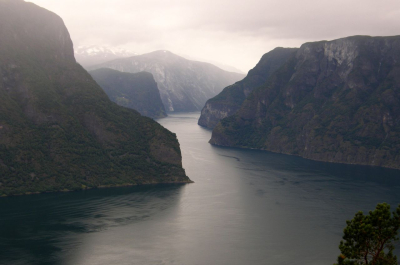
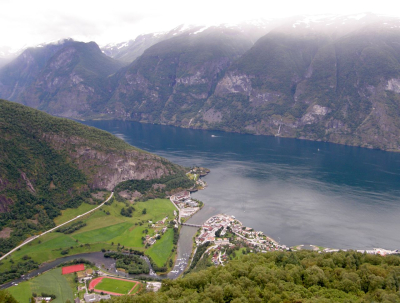
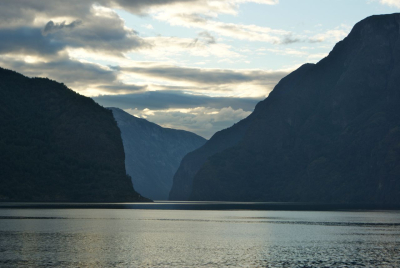


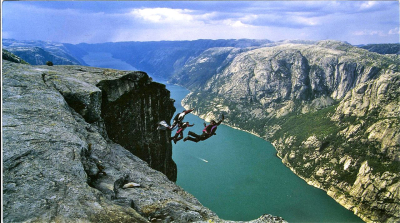

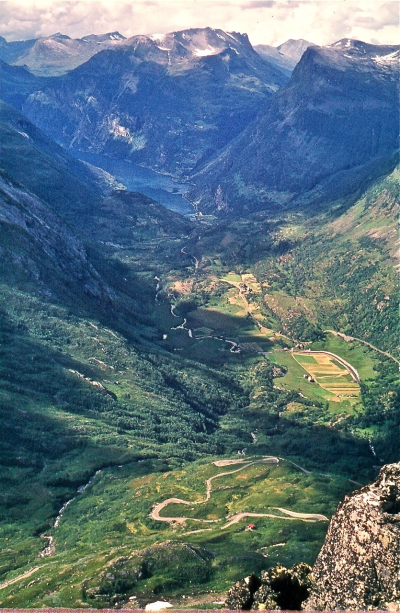
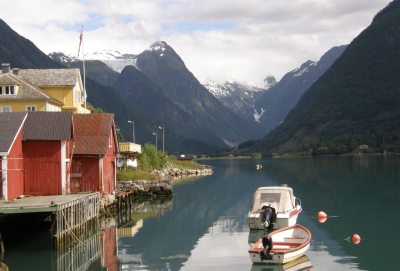





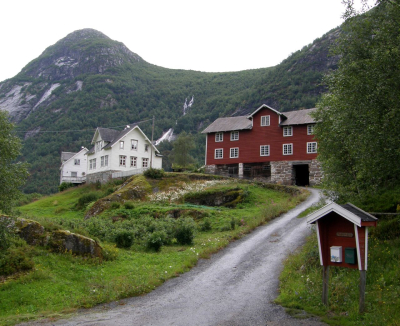
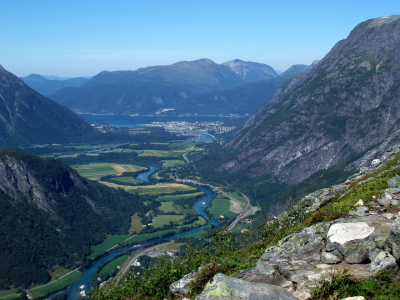
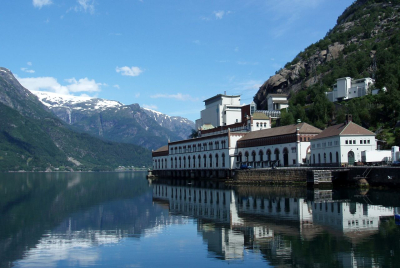
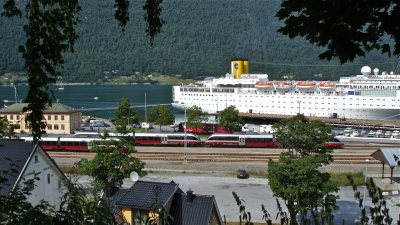
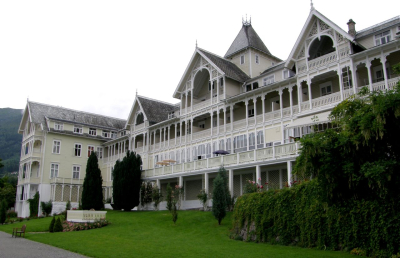



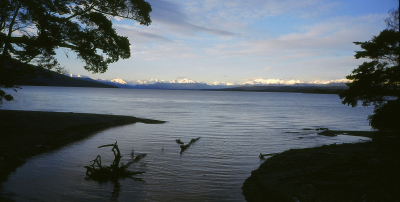
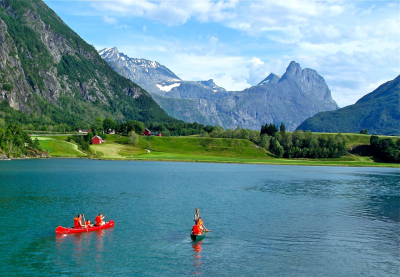

Norge er ett vakkert land ja
This is a list of free pokies that do not require a deposit to receive them https://syndicate.casino/blog/free-pokies-aristocrat
Therefore, you only need to register as a new player.